Onychomycosis, also known as nail fungus, is a common nail fungal infection. In this article we will provide a detailed introduction to the symptoms of onychomycosis, self-diagnosis, over-the-counter medications, self-care methods, when to seek medical attention, and how to prevent the recurrence of onychomycosis.
Self-diagnosis of Onychomycosis
Onychomycosis (Nail fungus) is mainly caused by fungus, with common symptoms including:
- Thickened and deformed nails: Infected nails may become thick and brittle, and their shape may change, such as becoming curved or indented.
- Change in nail color: Infected nails may have yellow-brown, gray, or green spots or stripes.
- Nail peeling and cracking: Infected nails may peel and crack.
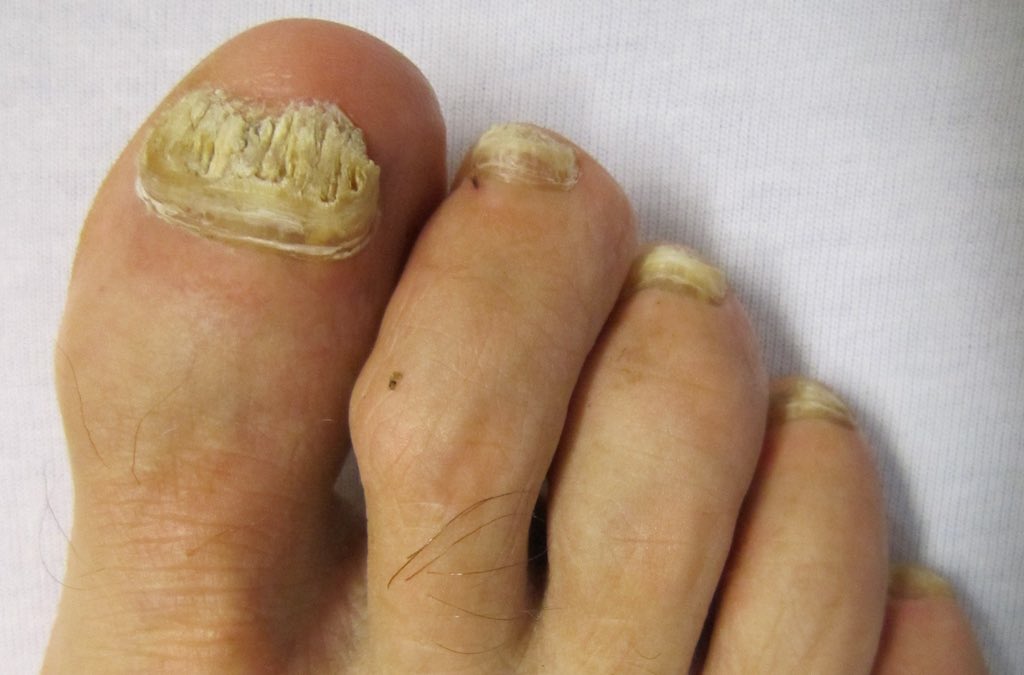
You can preliminarily determine whether you have onychomycosis by:
- Observing the appearance of the nails: Pay attention to the thickness, shape, and color changes of the nails.
- Checking the skin around the nails: Nail fungal infections may also cause itching, erosion, or blisters on the skin of the feet around the nails.
- Duration of symptoms: If symptoms persist for several weeks or even months, and other treatments are ineffective, it may be onychomycosis.
Over-the-counter Medications
Over-the-counter antifungal drugs can be used to treat mild to moderate onychomycosis. Common OTC drugs include Ketoconazole, Miconazole, and Terbinafine, which come in forms such as cream, ointments or liquids. Apply to the infected nails and surrounding areas according to drug instructions.
Nail fungus Self-care
In addition to drug treatment, the following self-care measures can help manage onychomycosis:
- Keep nails clean: Regularly trim and clean infected nails. Nail clippers should be disinfected with alcohol and not shared with others.
- Keep feet dry: Especially keep the area between the toes dry, wear breathable shoes and socks, and avoid damp environments.
- Avoid excessive stimulation: Avoid using sharp objects to dig at infected nails to prevent further damage.
- Regularly change shoes and bedding: Regularly change and wash shoes and bedding to reduce the risk of infection spreading and recurrence.
Below is a video from the American Academy of Dermatology about onychomycosis.
When to Seek Medical Attention
In the following situations, it is recommended that you seek help from a professional:
- Severe infection: If the onychomycosis infection is severe, accompanied by severe pain, pus, obvious redness and swelling, or other serious symptoms, you should seek medical attention immediately.
- High-risk groups: For children, the elderly, diabetics, and people with compromised immune systems, it is recommended to consult a doctor for evaluation and treatment as soon as possible.
- Ineffective self-care: If after a period of self-care and OTC drug treatment, the symptoms have not improved or continue to worsen, you should seek professional advice from a doctor.
Prevention of Onychomycosis Recurrence
To prevent the recurrence of onychomycosis, you can take the following measures:
- Maintain good personal hygiene: Wash hands and feet regularly, keep nails dry and clean.
- Avoid sharing personal items with others: Do not share shoes, socks, towels, and nail trimming tools with others.
- Use breathable shoes and socks: Choose shoes with good breathability and cotton socks, avoid damp environments.
- Regularly check on nails: Regularly check changes in nails, and deal with any abnormalities as soon as possible.
Disclosure: We are an Amazon Associate. Some links on this website are affiliate links, which means we may earn a commission or receive a referral fee when you sign up or make a purchase through those links.






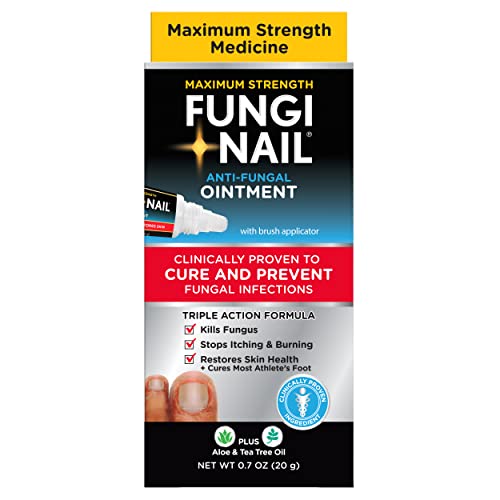



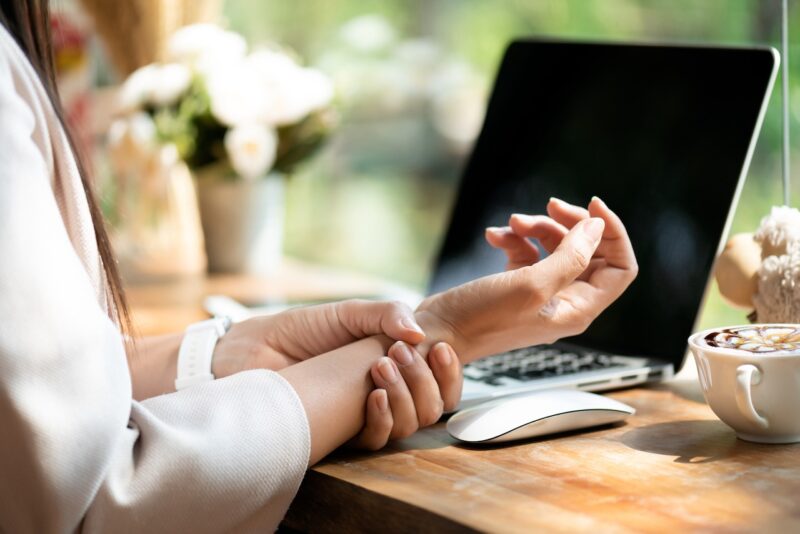

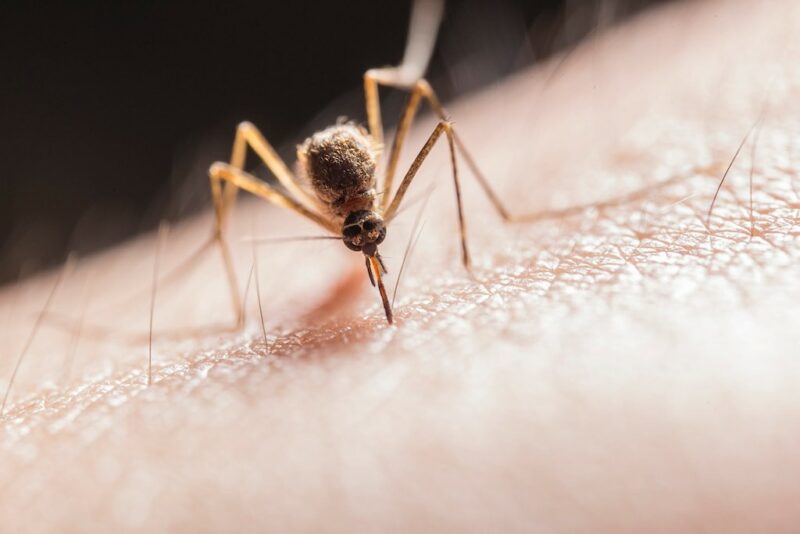
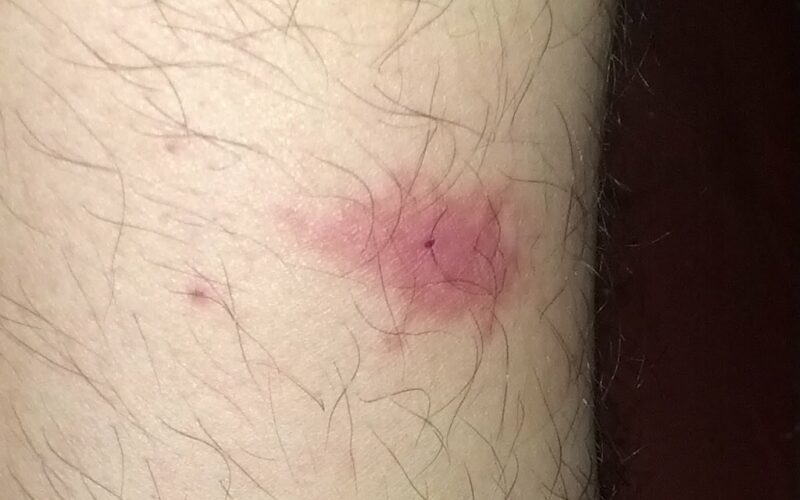


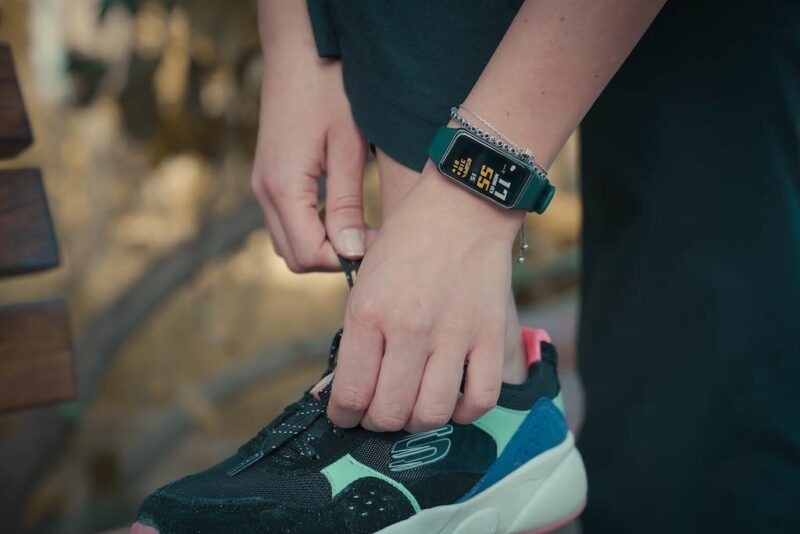

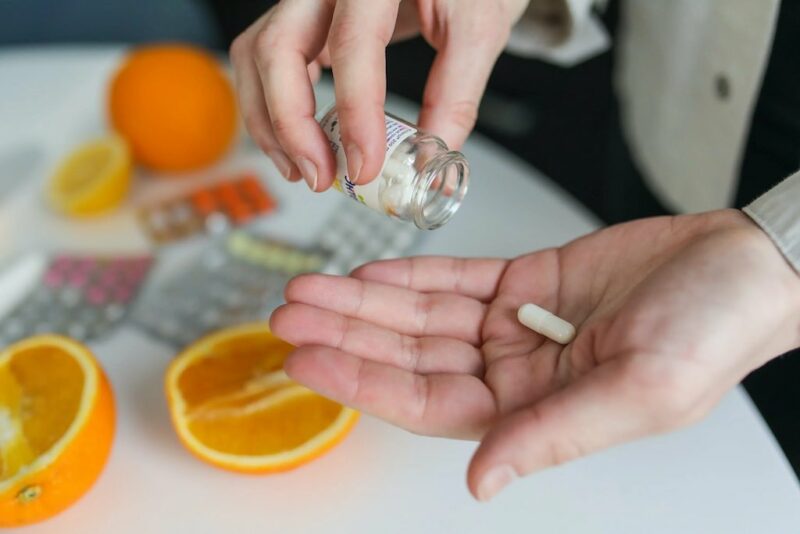

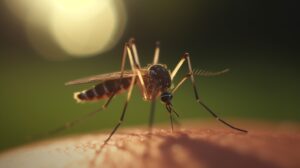
Leave a Reply